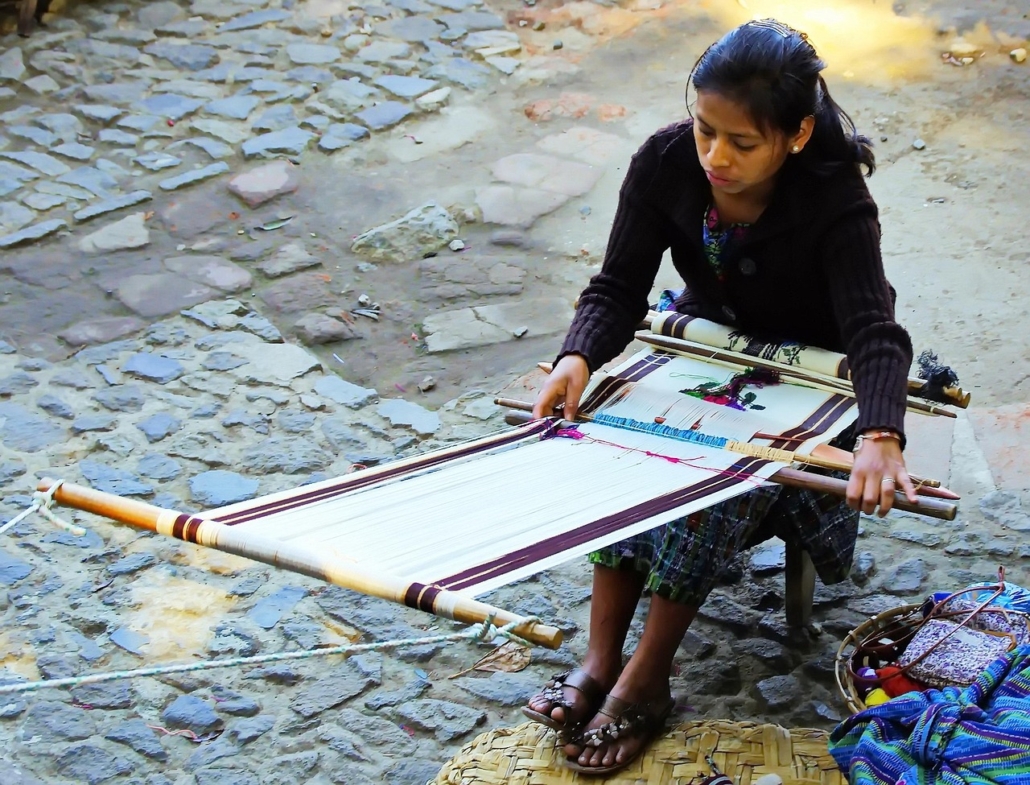
In Antigua and Barbuda, 18.4% of the population lives below the poverty line, with an even higher rate of 24.3% among children. The World Bank estimates a further 29% of Antiguans are socioeconomically disadvantaged and at risk of poverty. While there is no official data on poverty rates specifically for persons with disabilities, trends across Latin America and the Caribbean show that people with disabilities are more likely to live in poverty, and economic insecurity is amplified for individuals with disabilities as they face twice the unemployment rate of the general population. Approximately 16,000 people – about one in six residents – live with a disability, confronting unique challenges in daily life, including limited access to education and employment opportunities. While the overall unemployment rate in the country stands at 8.7%, persons with disabilities experience higher rates of joblessness, often due to limited access to education and vocational training.
Many encounter physical barriers in public spaces, a lack of accessible transportation and limited job opportunities, contributing to higher poverty rates. With only 46% completing secondary education, many struggle to secure stable employment, leading to economic insecurity. Social stigma further isolates people with disabilities, impacting their mental health and inclusion. Access to essential services remains limited, deepening the cycle of poverty. Here is more information about disability and poverty in Antigua and Barbuda.
Empowering Through Aquaponics
The National Vocational and Rehabilitation Centre for Persons with Disabilities (NVRCD) provides vocational training programs in areas such as tailoring, handicrafts and digital services, aiming to enhance employability and promote economic independence. One of its most promising initiatives is the Aquaponics Centre, which trains individuals with disabilities in sustainable agriculture. By integrating fish farming with hydroponic vegetable cultivation, participants gain expertise in food production, allowing them to pursue careers in agriculture or start small farming businesses. The Centre, which has already exceeded its initial production goals, is now expanding due to its success, reinforcing its role as a key driver of economic empowerment for persons with disabilities.
Complementing these efforts, the Antigua and Barbuda Association of Persons with Disabilities (ABAPD) plays a crucial role in advocating for disability rights and economic inclusion. Since its establishment in 1995, ABAPD has provided personal care support, home repair assistance and social outreach programs for individuals with disabilities. Notably, from 2020 to 2022, the association delivered food packages to more than 500 members, thanks to support from the Jumby Bay Fund.
The Calvin Ayre Foundation & Barriers to Education
Disability and poverty in Antigua and Barbuda create significant barriers to education, with low-income students and those with disabilities in Antigua and Barbuda often less likely to complete secondary school than their peers. Addressing this challenge, the Calvin Ayre Foundation (CAF), in partnership with educational institutions, has awarded substantial scholarships to support local students. For instance, in March 2023, the Foundation donated US$200,000 to the University of the West Indies (UWI) Five Islands Campus, facilitating over 200 scholarships and bursaries for underprivileged nationals pursuing studies at the campus.
While specific data on the number of scholarships awarded exclusively to students with disabilities is not readily available, CAF’s initiatives have significantly impacted the disabled community. For instance, in 2017, CAF donated $130,000 to fund the pilot year of The Outreach Program by the Friends of the Care Project (FOTCP), aiming to provide therapy and care for disabled children and young adults who otherwise lacked access to necessary services.
Additionally, in January 2024, the Foundation contributed US$200,000 in scholarships to Island Academy International, empowering Antiguan and Barbudan students to access quality education. These investments are not just numbers on a check; they are opening doors for students who might otherwise be forced to abandon their education due to financial hardship. By covering tuition costs and easing the financial strain on families, the Calvin Ayre Foundation is giving students the chance to focus on their studies, graduate and build a future where opportunity is not dictated by economic status.
Healthcare That Reaches the Hardest to Reach
Individuals with disabilities facing poverty in Antigua and Barbuda often must overcome significant barriers in accessing healthcare services. Challenges such as limited availability of specialized medical equipment, insufficient testing reagents and a shortage of trained healthcare professionals can impede the delivery of essential medical care. These systemic issues are further compounded by financial constraints, making it difficult for many to afford necessary treatments, especially when private healthcare services are prohibitively expensive.
Mobile health clinics are solving that problem by bringing services directly to underserved communities. From routine check-ups to physical therapy and assistive device fittings, these clinics are ensuring that healthcare reaches those who need it most.
The Medical Benefits Scheme (MBS) provides free healthcare services to legal residents, covering treatment and medication for chronic illnesses such as diabetes and hypertension, reducing financial barriers to essential care. Additionally, Medz on Wheelz, a private mobile healthcare service, delivers medical care directly to underserved communities through home visits, medication delivery and diagnostic testing, ensuring that individuals who struggle with transportation or mobility can still receive necessary treatment. These initiatives are working to close healthcare gaps and improve access for vulnerable populations.
Looking Ahead
Addressing the intertwined challenges of disability and poverty in Antigua and Barbuda requires comprehensive and targeted efforts. Initiatives focusing on education, employment and healthcare are making significant strides in promoting accessibility and opportunity. By investing in people and implementing inclusive policies, the nation is paving the way for a more equitable future for its most vulnerable populations.
– Leah Ishak
Leah is based in Exeter, UK and focuses on Business and Politics for The Borgen Project.
Photo: Pixabay
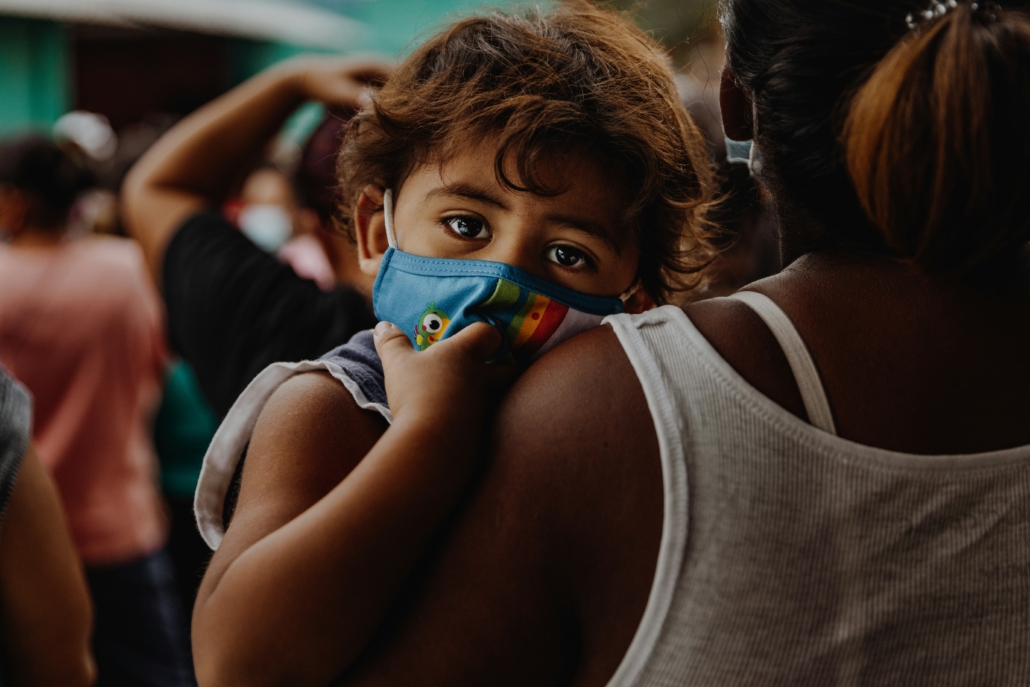
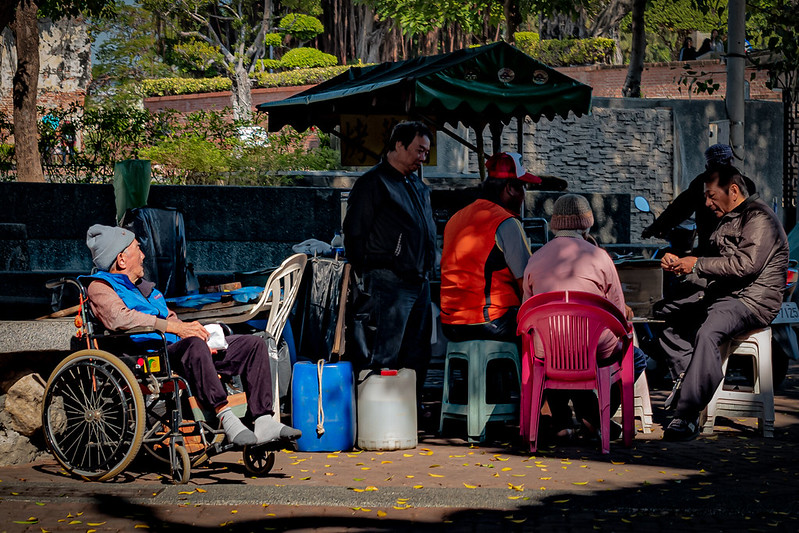 Taiwan’s
Taiwan’s 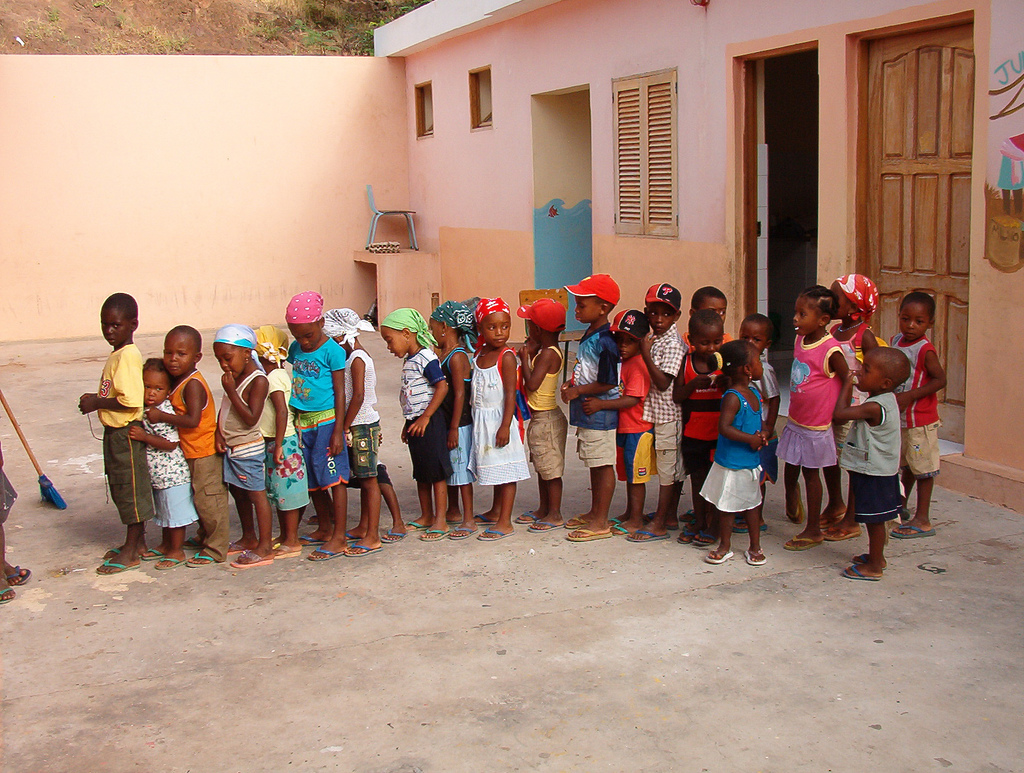
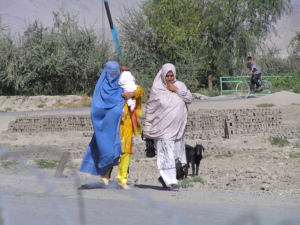

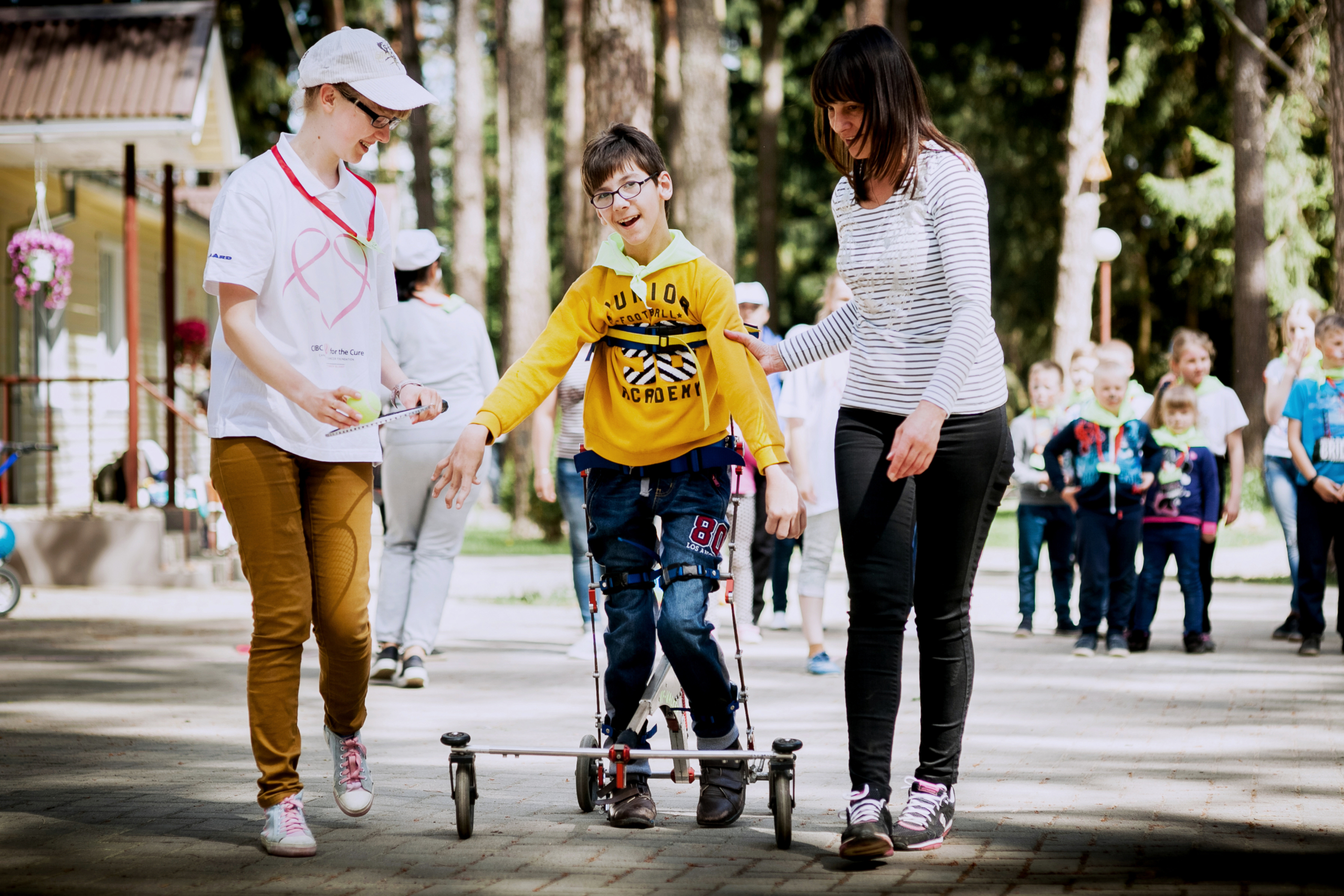
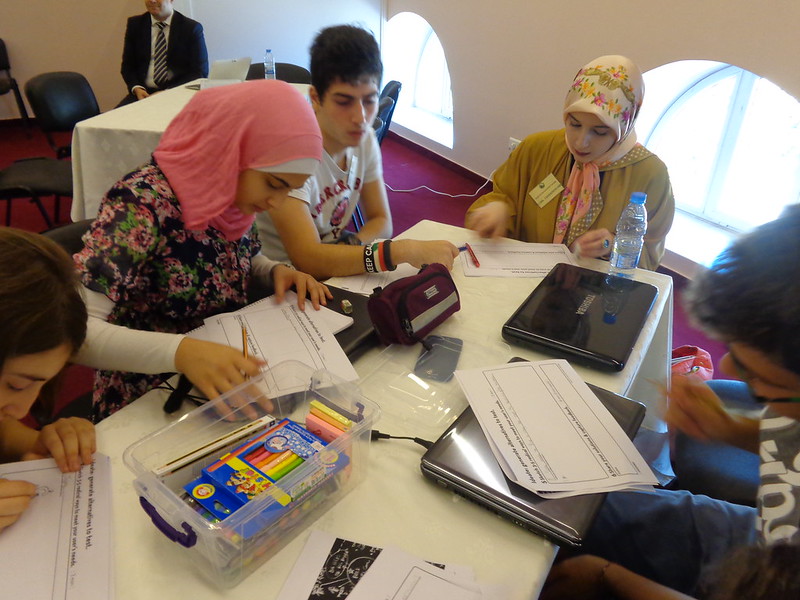 The MIT Enterprise Forum (MITEF) is carrying out its
The MIT Enterprise Forum (MITEF) is carrying out its 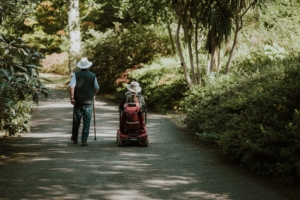 Founded in 2018,
Founded in 2018, 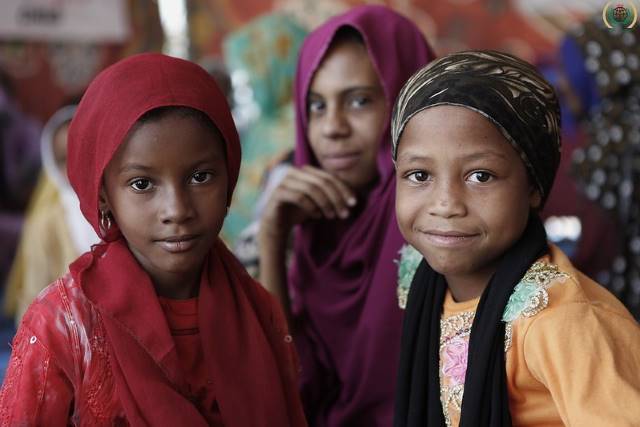 With poverty rates rising in developing countries, raising a family can be financially taxing. As
With poverty rates rising in developing countries, raising a family can be financially taxing. As 